Thesaurus of Library and Information Science Terms
Information sources forms the basic stock for the services to be provided by libraries and information centres. Systematic organization of information sources and or their surrogates is essential for effective retrieval. The document surrogates along with author and title are also prepared and arranged under the name of the subject. Terms (vocabularies) are used to represent the subject name in the surrogate entries. To represent subjects, objectively irrespective of space and time the vocabulary used must be controlled. Thesaurus is a prime vocabulary control tool. The natural language i.e. vocabulary used in ordinary discourse can also be used for representing subjects in information storage and retrieval systems. However, the richness of natural language in word forms and variety affects the recall and precision performance of ISRS. So to have the expected level of recall and precision controlled vocabulary is essential. The synonyms in natural language scatter entries of documents on the same subject under different names. The homonyms need to be controlled to avoid retrieval of irrelevant information. Singulars and plurals if not controlled may also retrieve irrelevant information. Whereas, uncontrolled coordination of term result in retrieving unwanted information and mission some relevant information. A thesaurus as a vocabulary control tool provides solutions to all these problems posed by the natural language in information storage and retrieval. The library and information science is one of the fast developing interdisciplinary subject. Literature on this subject is increasing at exponential rate. For effective storage and retrieval of information on LIS either in hard copy format or in digital format, offline as well online, vocabulary control tool like a thesaurus was urgently needed. To fulfill this need the present thesaurus is constructed. This is the first and only thesaurus on this subject, so car constructed in India. This is unique thesaurus as it is constructed by adopting the blending of the two approaches i.e. a priori and posteriori approach. Further, the thesaurus is based on a specially constructed speciator based depth classification schedule of LIS terms. Apart from the thesaurus the books also contains the depth classification schedule of LIS. It also explains in detail the methodologies adopted in the construction of the depth classification schedule as well as the thesaurus of LIS terms. The book is divided into six chapters. First chapter describes the uses of thesaurus and states the scope of the present thesaurus. Second chapter explains various concepts dealing with depth classification. It also reviews literature dealing with depth classification.
Get it now and save 10%
BECOME A MEMBER

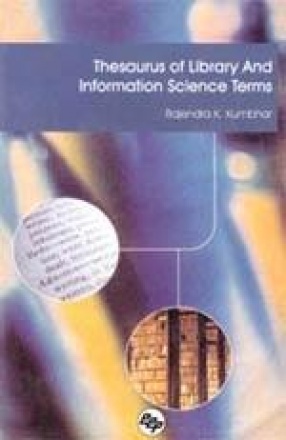
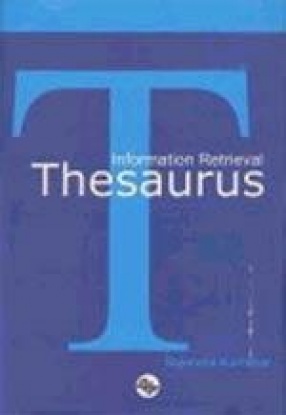
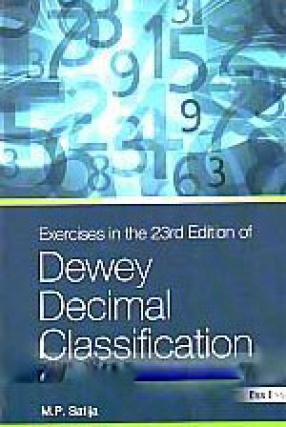
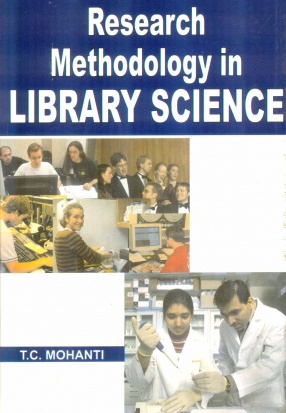
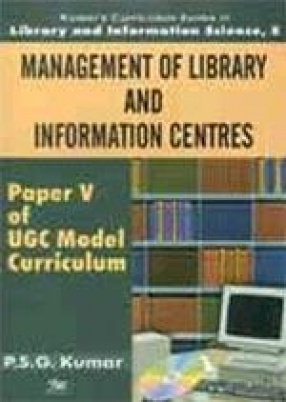
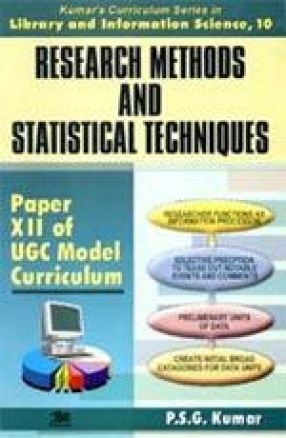

Bibliographic information
Tags